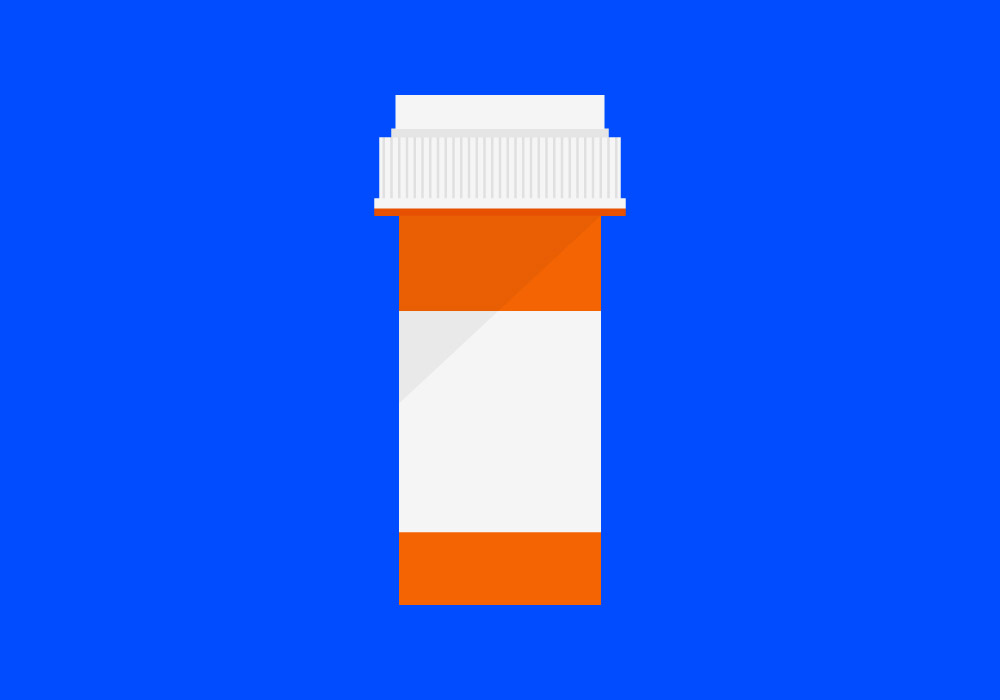
We’ve been hearing the warnings for a while now: bacteria are cleverly evading the best antibiotics that we can throw at them, and that means trouble. We’ve seen it with MRSA strains and increasingly with C. difficile infections that are common in hospitals. It means infections that normally would clear up with a short course of drugs may no longer be controlled, and that for some infections, there may simply be no medications left that are strong enough to battle the bacteria at all.
That’s certainly not a welcome scenario when it comes to strep throat or sinus infections. But it could be life threatening for infections after surgery and for cancer patients on chemotherapy, whose immune systems are dramatically weaker.
MORE: Why Reducing Antibiotic Resistance Is Harder Than It Seems
Reporting in The Lancet Infectious Diseases, researchers say that 39% to 51% of bugs that cause infections after surgery are already resistant to standard antibiotics. They also calculated what would happen if current trends of increasing resistance continued, and found that a 30% increase could lead to an estimated 120,000 more infections and 6,000 additional deaths a year in the U.S.
Those are sobering numbers, and while the scientists focused on hospitals, where the trend is most easily studied, the invisible threat lurks not just there but everywhere—in schools, gyms, homes and anywhere people and pathogens co-exist.
MORE: Obama Plan to Fight Antibiotic Resistance ‘Disappointing,’ Critics Say
Ramanan Laxminarayan, director of the Center for Disease Dynamics, Economics & Policy, led a team of researchers that collected data from previous studies on using antibiotics to prevent infections in 10 common surgeries and in cancer chemotherapy. Often, before procedures such as Cesarean section, prostate biopsy, colon surgery or hip replacements, patients are given antibiotics to protect them from getting infections while they recover. There’s good reason for the practice. Laxminarayan found that rates of infection at the surgery site were nearly three times lower among those getting the pre-emptive antibiotics: 4% compared to 11% for those not receiving the drugs. For cancer patients, taking antibiotics prior to chemotherapy reduced risk of infections by 35%.
But when they investigated the infections that did occur, they found that nearly 40% of those following cesareans were caused by resistant microbes and 50% to 90% of infections after prostate biopsies were due to resistant bugs. Among cancer chemotherapy patients, 27% of infections could be traced to antibiotic-resistant agents.
MORE: There’s Yet Another Downside To Overusing Antibiotics
“This is a problem that really affects all of us,” says Laxminarayan. “Nearly everything we think of as modern medicine depends in some way, shape or form on effective antibiotics. If antibiotics are less effective, as they are progressively getting these days, then that has consequences for things like surgeries that people commonly get.”
Reversing the trend won’t be easy, but it starts with relatively low-tech changes. Improving infection control measures in hospitals, which include more handwashing and better surveillance and tracking of infections once they occur, are key. Ensuring that doctors and technicians are also trained properly in wound care to keep surgical wounds clean and free of microbes can also help. Increasing doctor and patient education about when antibiotics are appropriate is also critical. Despite the fact that antibiotics are only effective against bacterial infections, one recent study showed that 38% of patients with the flu—which is caused by a virus—were prescribed antibiotics at hospitals or clinics. Another study showed that among patients admitted to the hospital, a third received antibiotics for no discernible reason. They did not show signs of infection, which can include fever or abnormal immune cell counts.
MORE: New Antibiotic Could Help Fight ‘Superbugs’ of the Future
“It seems like an evergreen problem, but it has really gotten worse in the last five to six years,” says Laxminarayan. While the study does suggest an alarming scenario of thousands more deaths if microbes continue to become more resistant, he says that with more awareness of the scope of the problem, that scary trend can be reversed. “If the antibiotics are 30% more effective, then we can avert 6,—000 deaths and 120,000 infections,” he says.
More Must-Reads from TIME
- Donald Trump Is TIME's 2024 Person of the Year
- Why We Chose Trump as Person of the Year
- Is Intermittent Fasting Good or Bad for You?
- The 100 Must-Read Books of 2024
- The 20 Best Christmas TV Episodes
- Column: If Optimism Feels Ridiculous Now, Try Hope
- The Future of Climate Action Is Trade Policy
- Merle Bombardieri Is Helping People Make the Baby Decision
Contact us at letters@time.com